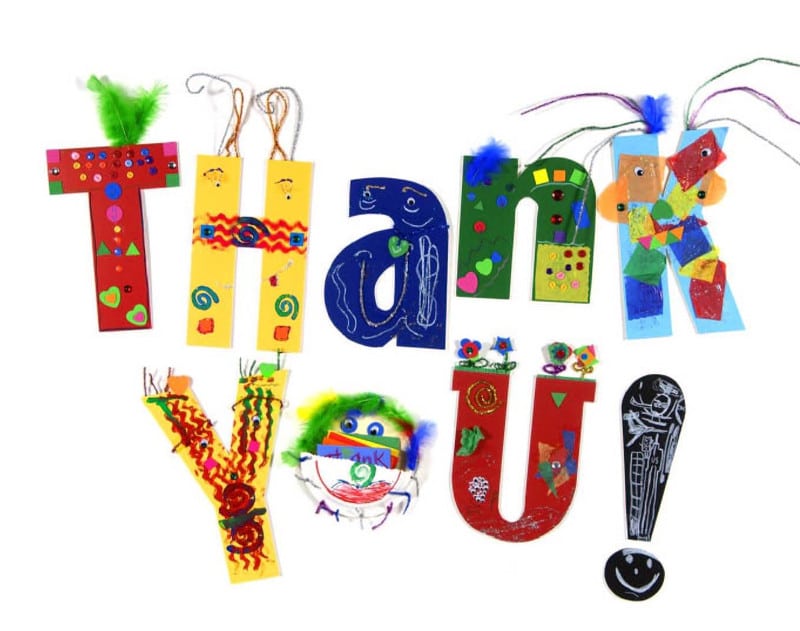Improving collaboration in the classroom between members of the teaching team is essential to improving the overall classroom experience for teachers, paraprofessionals and students – and it may take something as simple as a 3×5 index card to accomplish.
As professionals, we try to make sure to phrase our spoken words in a way that will get a positive response. For example, saying “I’d really like to hear your thinking on this and share my perspective as well,” is a positive way to open a conversation when you have different ideas about something.
Sometimes, however, we don’t really hear what the other person is saying. Our fears, agendas, and even enthusiasm get in the way of doing the kind of listening we need to do to foster good communication. Without effective communication, we make many assumptions about the people with whom we interact. Those assumptions might be very inaccurate and create tremendous conflict, rather than fostering inclusion.
 This is where the index card can come into play in a very effective manner. This card is a simple way to give feedback to your coworkers or individual members of the teaching team. I found it to be useful for reinforcing the positives. It can be delivered in person, or placed in a teacher mailbox. Simple 3×5 index cards work well.
This is where the index card can come into play in a very effective manner. This card is a simple way to give feedback to your coworkers or individual members of the teaching team. I found it to be useful for reinforcing the positives. It can be delivered in person, or placed in a teacher mailbox. Simple 3×5 index cards work well.
What should you say on these cards? Here are some tips for best using index cards to communicate clearly:
– Be as careful with your written phrasing as you are with spoken words.
– Do not use red ink when writing the card.
– If you feel the person receiving the feedback may not understand why you’re communicating using a card, consider delivering it in person.
5 Phrasing Tips for Positive Results
Just as you would with in-person conversations, phrasing your concerns on a card should be equally positive. The only difference is that by writing it down, you’re giving the other person a chance to read and see what you’re trying to communicate, without the filter mechanisms in place that are often used in face-to-face conversations.
– What can I do to support you? How can I help make this challenge easier for you?
– Can we talk about something I think might help us work together better?
– I’d like to talk about…with you, but first I’d like to get your point of view.
– I think we may have different ideas about… I’d really like to hear your thinking on this and share my perspective as well.
– Be careful of your tone of voice…These two letters can mean something completely different depending on the tone of voice in which they are spoken: Oh! Oh? Ohhhhh.
As always, be flexible when trying to improve collaboration with a teacher or paraprofessional. Keep conversations professional, both written and in person. Try to compliment your colleague frequently, especially when others are around.
One of the best ways to head off conflict is to try to keep an open mind in conversations. Express how you feel and listen to other viewpoints. Good communication is necessary for the success of an inclusive classroom, and finding ways for all colleagues to clearly communicate their concerns and ideas will move the teaching team forward toward successful collaboration in the classroom.

Bring Susan to your campus!
Featured seminar – Paraprofessionals And Teachers Working Together in the General Classroom

